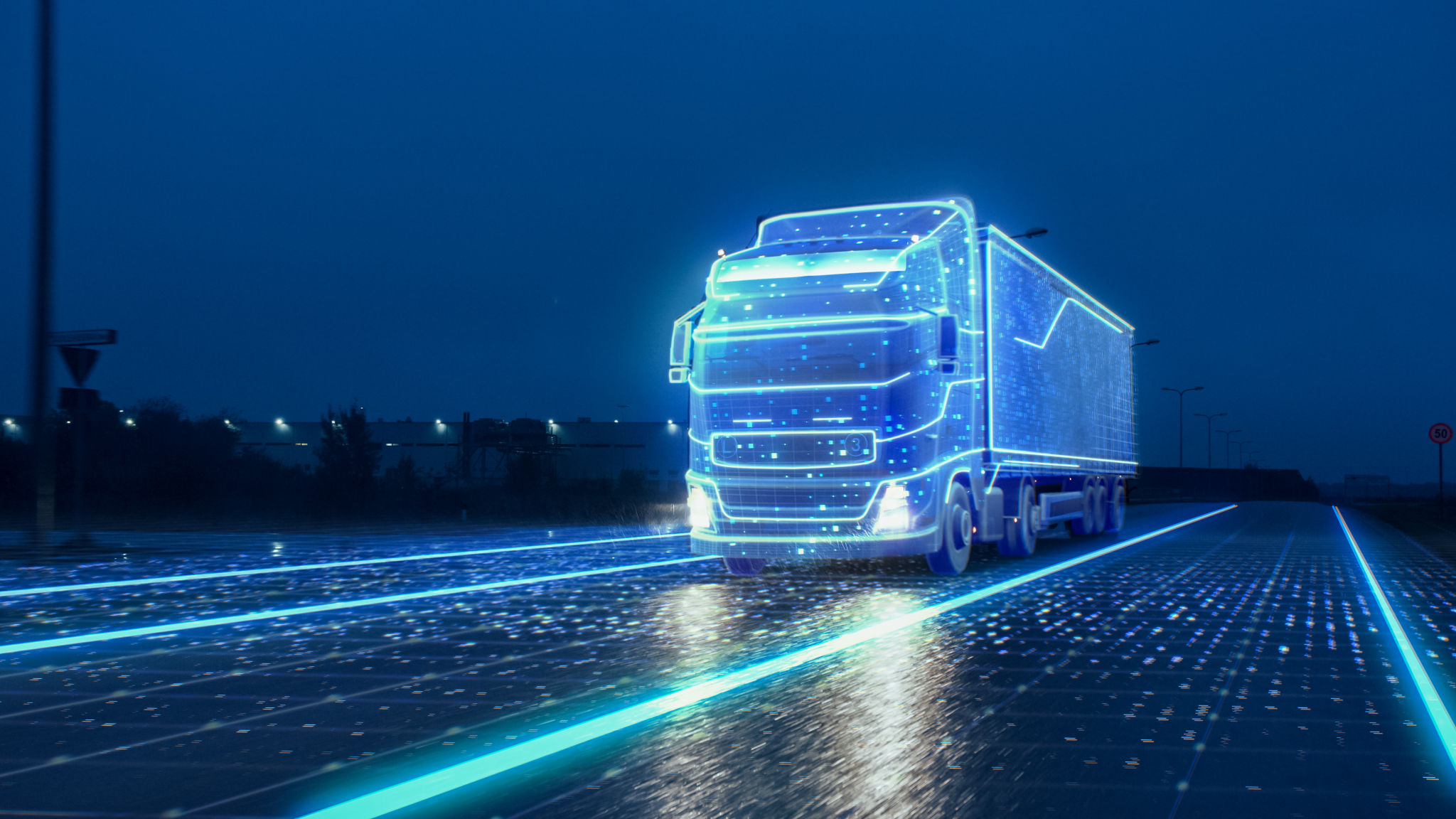Emerging Trends in Trucking Safety Technology
Revolutionizing Safety with Advanced Driver Assistance Systems (ADAS)
One of the most significant advancements in trucking safety technology is the implementation of Advanced Driver Assistance Systems (ADAS). These systems are designed to automate, adapt, and enhance vehicle systems for safety and improved driving. By using technologies like adaptive cruise control, lane-keeping assist, and automated emergency braking, ADAS helps reduce human error, which is a leading cause of road accidents.

ADAS technologies are continually evolving, offering new features that include blind-spot monitoring and pedestrian detection. These innovations not only protect the drivers but also ensure the safety of other road users. As these systems become more sophisticated, they significantly contribute to reducing accident rates across the trucking industry.
The Rise of Telematics and Fleet Management Systems
Telematics systems have become an integral part of modern trucking operations, providing real-time data on vehicle location, speed, and engine diagnostics. This technology allows fleet managers to monitor driver performance and vehicle conditions, ensuring that trucks are operating safely and efficiently.
Fleet management systems can also track maintenance schedules and alert managers to potential issues before they become serious problems. By keeping trucks in optimal condition, these systems help prevent accidents caused by mechanical failures.

Embracing Artificial Intelligence for Predictive Safety
Artificial Intelligence (AI) is making waves in the trucking industry by enabling predictive safety measures. AI algorithms analyze vast amounts of data from various sources to identify patterns and predict potential risks. This predictive capability allows trucking companies to implement proactive safety measures, significantly reducing the likelihood of accidents.
For example, AI can predict traffic patterns and weather conditions, advising drivers on the safest routes and times to travel. By leveraging AI, trucking companies can enhance safety protocols and improve overall operational efficiency.
The Impact of Vehicle-to-Everything (V2X) Communication
Vehicle-to-Everything (V2X) communication technology is another emerging trend that promises to revolutionize trucking safety. V2X enables vehicles to communicate with each other and with infrastructure elements like traffic lights and road signs. This communication helps in anticipating potential hazards, such as sudden traffic congestion or roadwork zones.

The implementation of V2X technology can lead to safer driving environments by facilitating better-informed decisions and quicker response times. As this technology becomes more widespread, it will play a crucial role in improving road safety for all drivers.
Enhanced Safety through Wearable Technology
Wearable technology is gaining traction in the trucking industry as a means to enhance driver safety. Devices such as smartwatches and fitness trackers can monitor drivers' vital signs, alerting them to fatigue or health issues that might impair their ability to drive safely. Some wearables also provide haptic feedback to alert drivers of potential hazards.
By incorporating wearable technology into their safety protocols, trucking companies can better ensure that drivers remain attentive and healthy on the road. This proactive approach not only protects drivers but also reduces the risk of accidents caused by human factors.
Conclusion: A Safer Future for Trucking
The continuous advancements in trucking safety technology are paving the way for a safer future on the roads. From ADAS and telematics to AI, V2X communication, and wearable tech, each innovation contributes to reducing accidents and protecting lives. As these technologies continue to evolve and become more integrated into everyday operations, the trucking industry will undoubtedly see a significant improvement in safety standards.
Ultimately, embracing these emerging trends will not only enhance the safety of truck drivers but also create a safer environment for all road users. By staying informed and adapting to these technological changes, the trucking industry can ensure a sustainable and secure future.